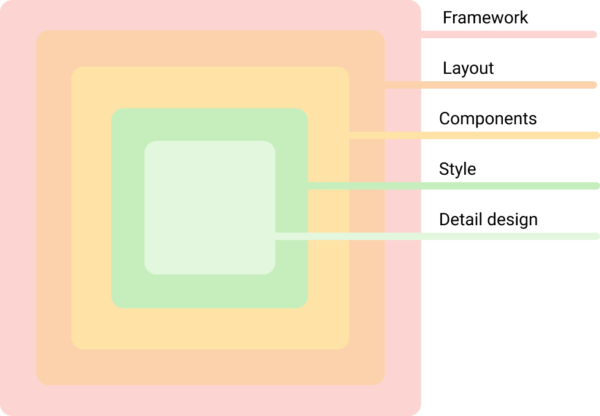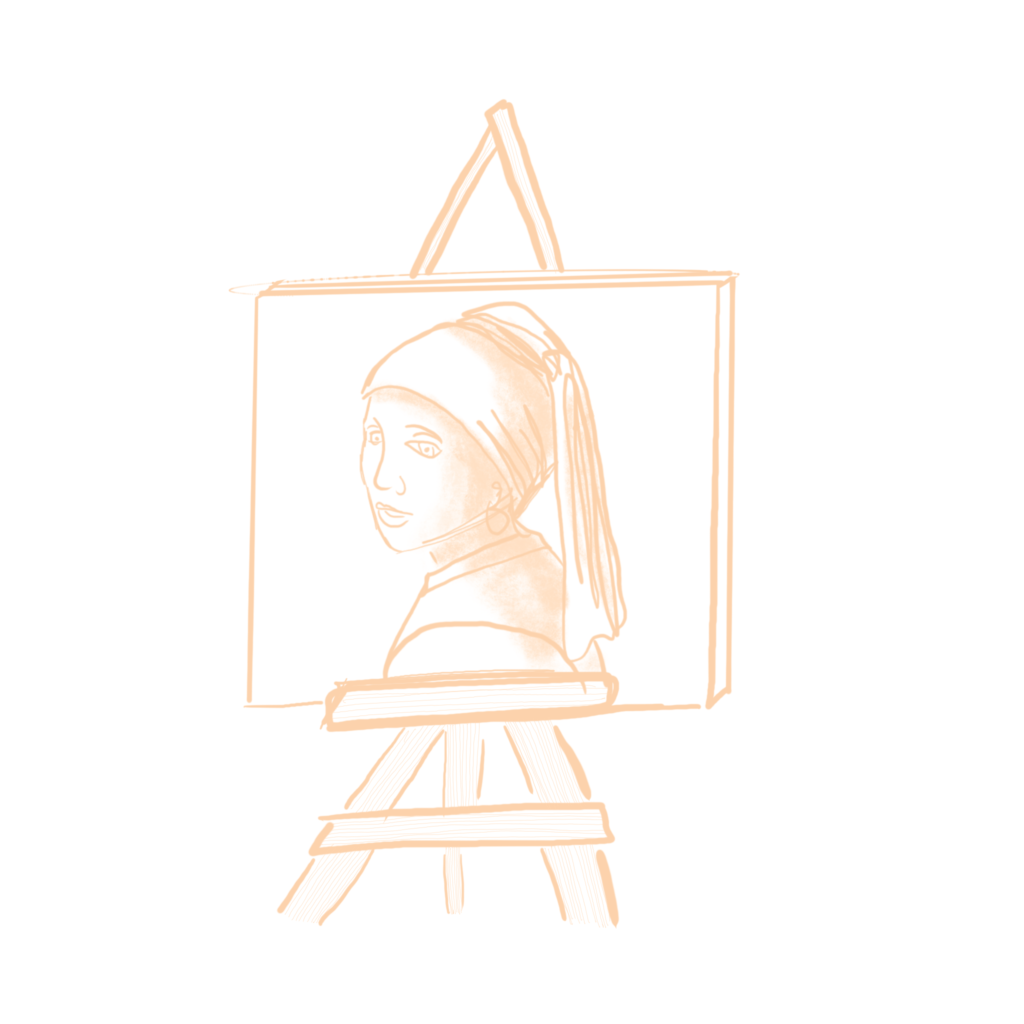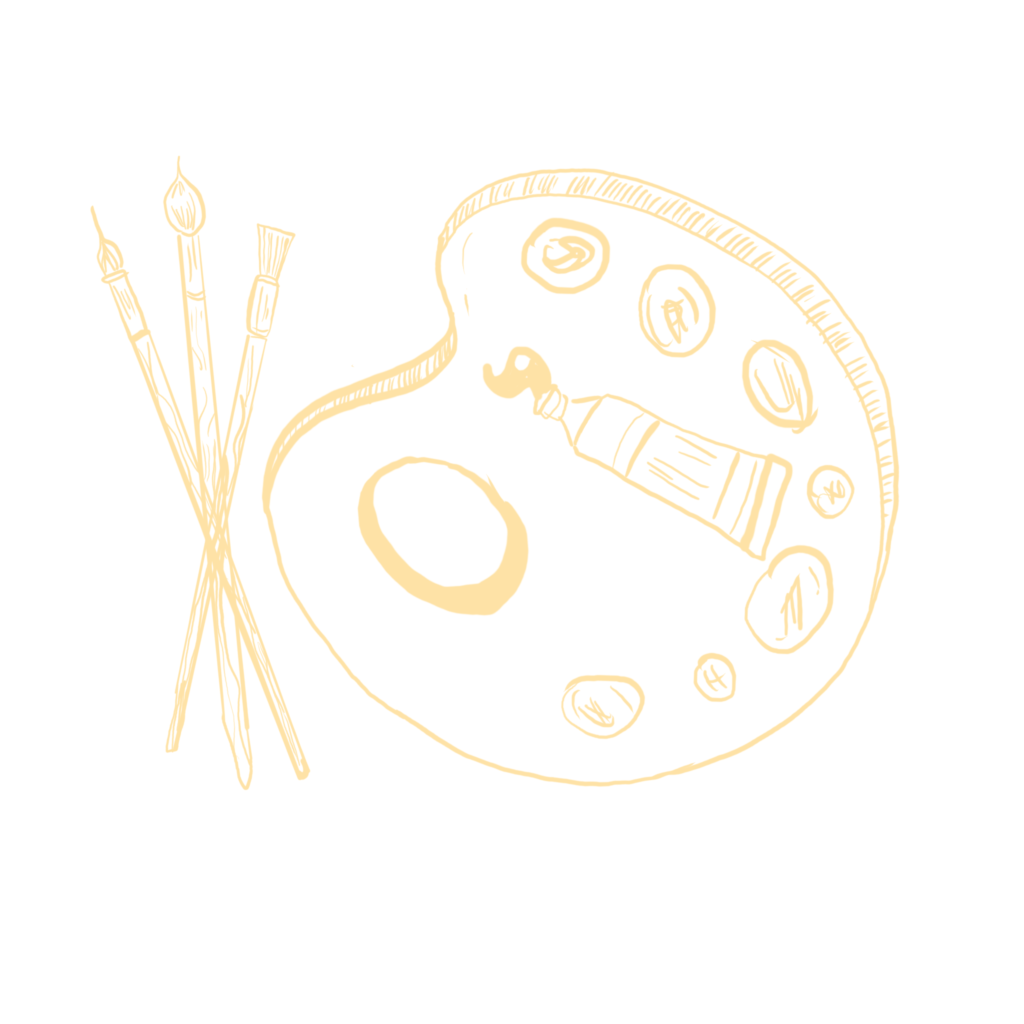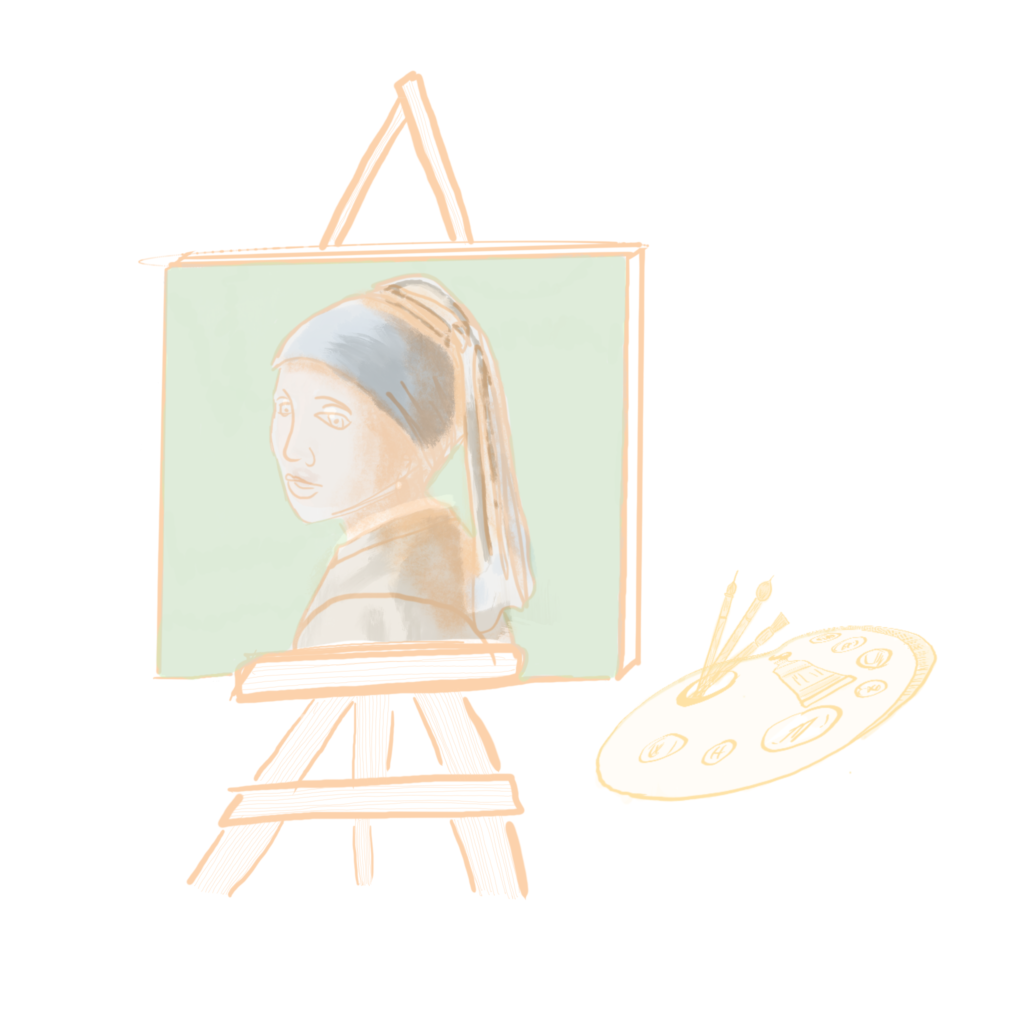Designing from the outside in
A UX Process Breakdown by Abbie Thibodeaux

→
←
The “outside in” approach to UX design emphasizes refining the user experience step-by-step, ensuring that each layer builds upon the previous one. Each element, from the broad strokes of the framework to the minute details of the final design, play a crucial role in the overall harmony. This method can be distilled into five essential steps: Framework, Layout, Component, Style, and Detail Design. Let’s explore how each layer contributes to the art of an exceptional user experience.
Framework
The first step is to establish a solid framework. This involves evaluating and defining interactions, setting guidelines, principles, and processes that will define the overall experience. It’s about understanding the user’s needs, expectations, and pain points to create a strategic plan that guides the entire design process.
Key Activities:
Research: Conduct surveys or interviews and gather any available data to gain insights about your target audience.
Personas and User Stories: Develop personas and user stories to keep the focus on the user’s perspective throughout the design process.
Journey Mapping: Create user journey maps to visualize the user’s interactions and identify opportunities for improvement.
Principles and Guidelines: Define design principles and guidelines that align with your brand and user expectations.
By starting with a comprehensive framework, you ensure that every design decision is grounded in a deep understanding of the user and the overall experience you aim to create.

Layout
The next step is to focus on the layout. This involves playing with blocks (basic shapes) until a structure is established, defining the structure of the user interface (UI). The goal is to create a foundation that outlines the arrangement of key elements without delving into the finer details.
Key Activities:
Wireframing: Create low fidelity wireframes to explore different layout options and iterate based on feedback.
Information Architecture: Organize content in a way that makes sense to the user, ensuring easy navigation and accessibility.
Prototyping: Develop interactive prototypes to test the layout and gather early feedback from users and stakeholders.
This foundational layer shapes the user experience, ensuring all elements are organized and aligned with the established framework. This step involves arranging the UI’s structure to support user interactions and maintain clarity throughout the design. A well-constructed layout not only guides the user’s journey but also sets the stage for detailed design and functionality.

Components
Identifying reusable elements and determining how they will be used across the design establishes the components library. Think of it as your artist pallet, what you will dip you paint brush into. Having a well defined palette ensures consistency, efficiency and allows a user to build upon learned behavior.
Key Activities:
Component Inventory: Identify and catalog all the UI components needed for the design.
Reusable Patterns: Create reusable design patterns that can be applied across the interface to streamline the design process.[Note: if you are familiar with atomic design, enter those principles here]
By building a comprehensive component palette, you create a cohesive and scalable design system that enhances both the user experience and the development process. You are now at a point you can iterate with greater speed and efficiency.

Style
With the framework, layout, and components in place, the next step is to focus on the style. This involves bringing all the elements together akin to breathing life into a vision. Layers building upon one another applying adding depth and dimension. Applying the ideal components to the layout, and refining the visual aesthetics until it is on the verge of detail design and ready to step out of the frame and into the world / a developer’s hand.
Key Activities:
Visual Design: Apply colors, typography, and imagery to the layout, aligning a style guide or design system.
Iterate: Explore different visual directions and socialize the design to gather feedback from stakeholders.
Test: Conduct mental model test and usability test to inform the next rounds of iteration or detail design.
This layer involves refining the aesthetics, ensuring that every detail aligns with the overall vision and enhances the user experience. A thoughtful blend of form and function transforms the design from a static layout into a dynamic, user interface.

Detail design
Refining the design to pixel perfect precision. Finalize copy, and ensure every element is optimized for the best possible user experience.
Key Activities:
Final Copy: Write and refine the copy to ensure clarity, consistency, and alignment with the brand voice.
Pixel-Perfect Design: Polish the design to ensure every element is precisely aligned and optimized for different devices and screen sizes.
Detail design is about applying the final touches to ensure every aspect of the user experience is flawless.

Designing from the outside in is a meticulous and iterative process that prioritizes the user experience at every stage. By starting with a strong framework, structuring the layout, building a component palette, applying cohesive style, and perfecting the details, you create a design that is not only beautiful but also functional and user centric. Embracing this approach ensures that every element of your design contributes to a seamless and delightful user experience.